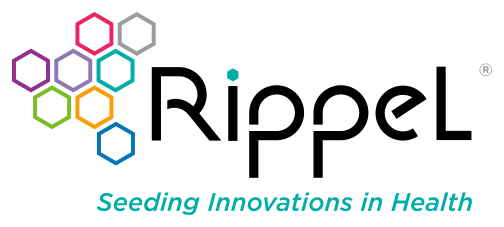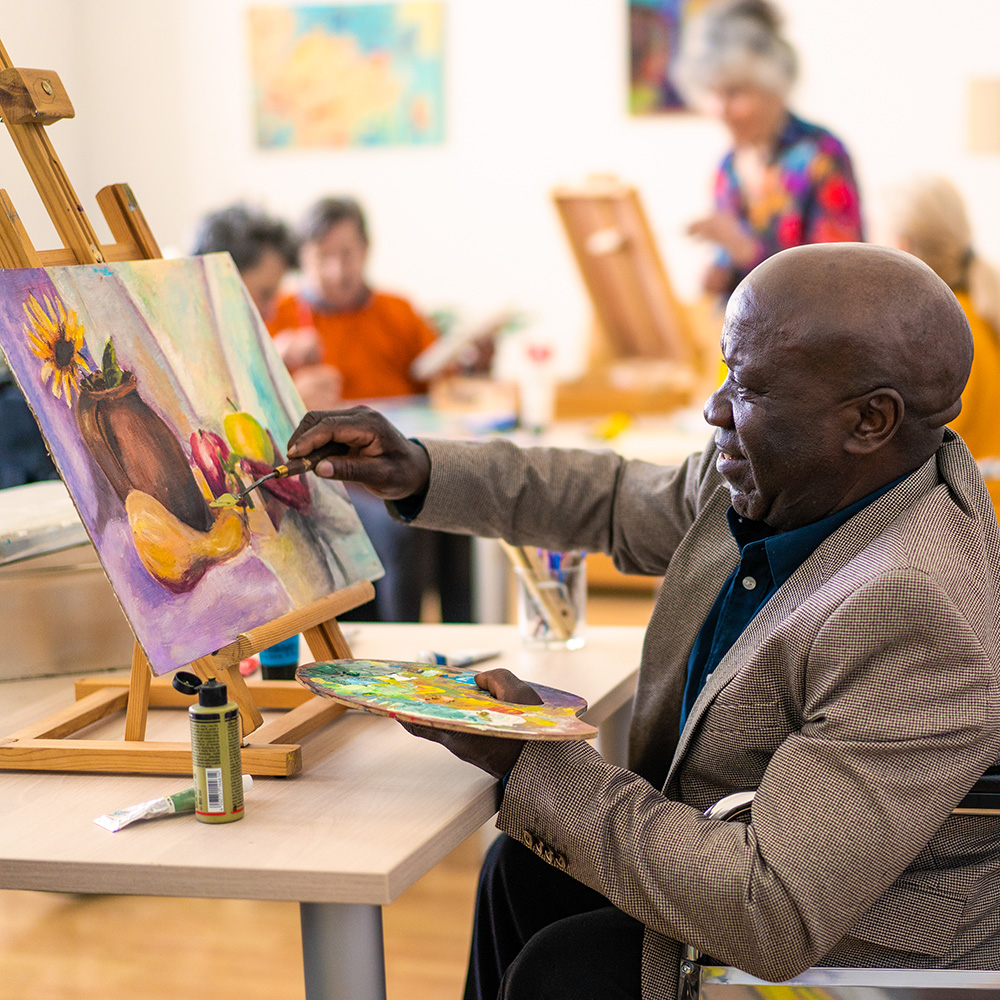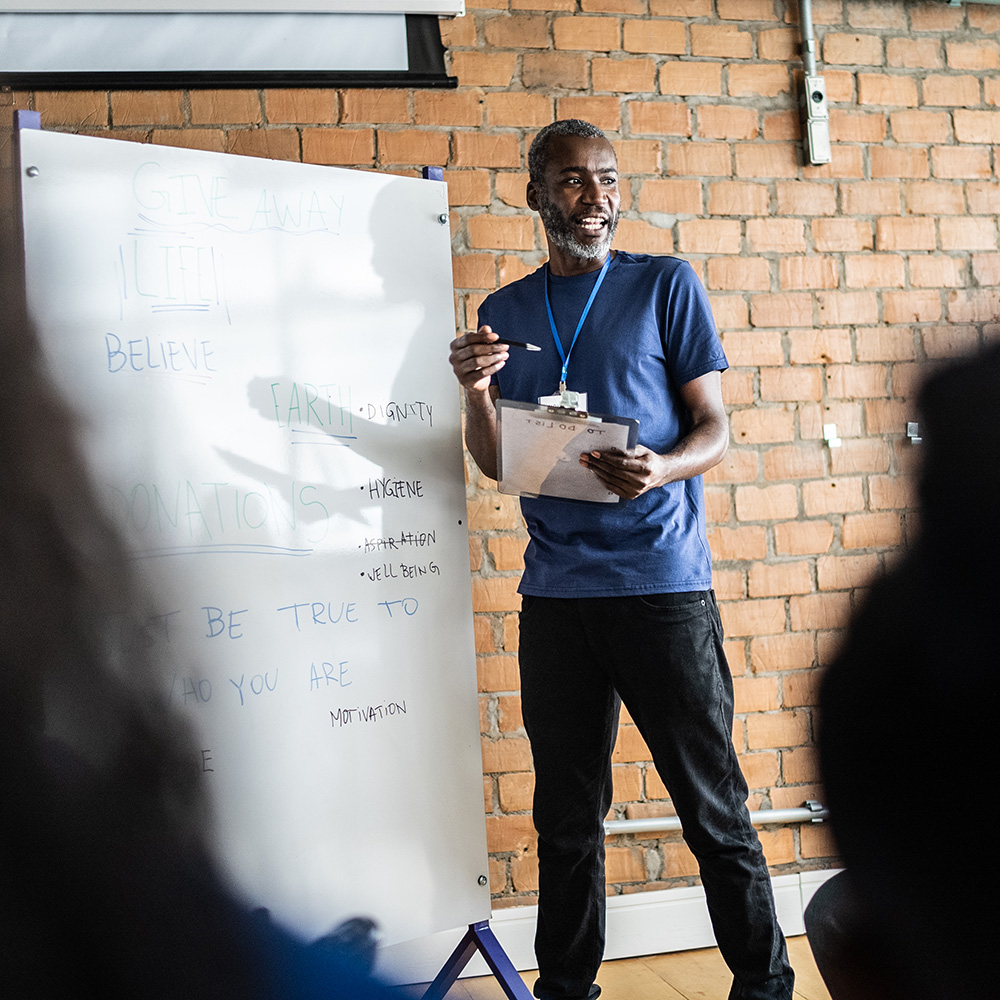The Origins of Multisolving
The term “multisolving” was originally coined by Dr. Elizabeth Sawin, co-director of Climate Interactive, after engaging in the United Nations climate talks. Dr. Sawin saw how the climate talks’ narrow focus on greenhouse gas emissions was limiting their thinking and preventing participants from seeing opportunities to address climate change in more effective ways.
Dr. Sawin introduced the idea of multisolving to demonstrate how certain investments can have positive effects not only on climate change but on other important areas of public life as well. She incorporated research on mortality rates and economic loss from climate change to show how readily the effects can cut across sectors.
For example, Dr. Sawin made the case that by burning less coal we can save lives, create jobs, and promote biodiversity, a. And that strengthening public transportation systems can increase physical activity, boost economic mobility, and improve air quality.
Through these examples and others, Dr. Sawin demonstrated how multisolving can help identify the investments that will have the greatest impact across sectors and are most likely to gain widespread support.










